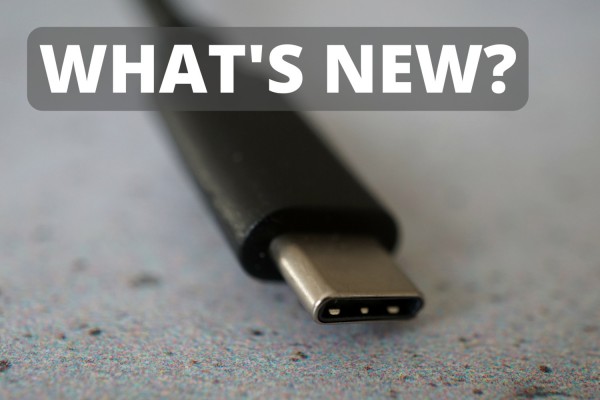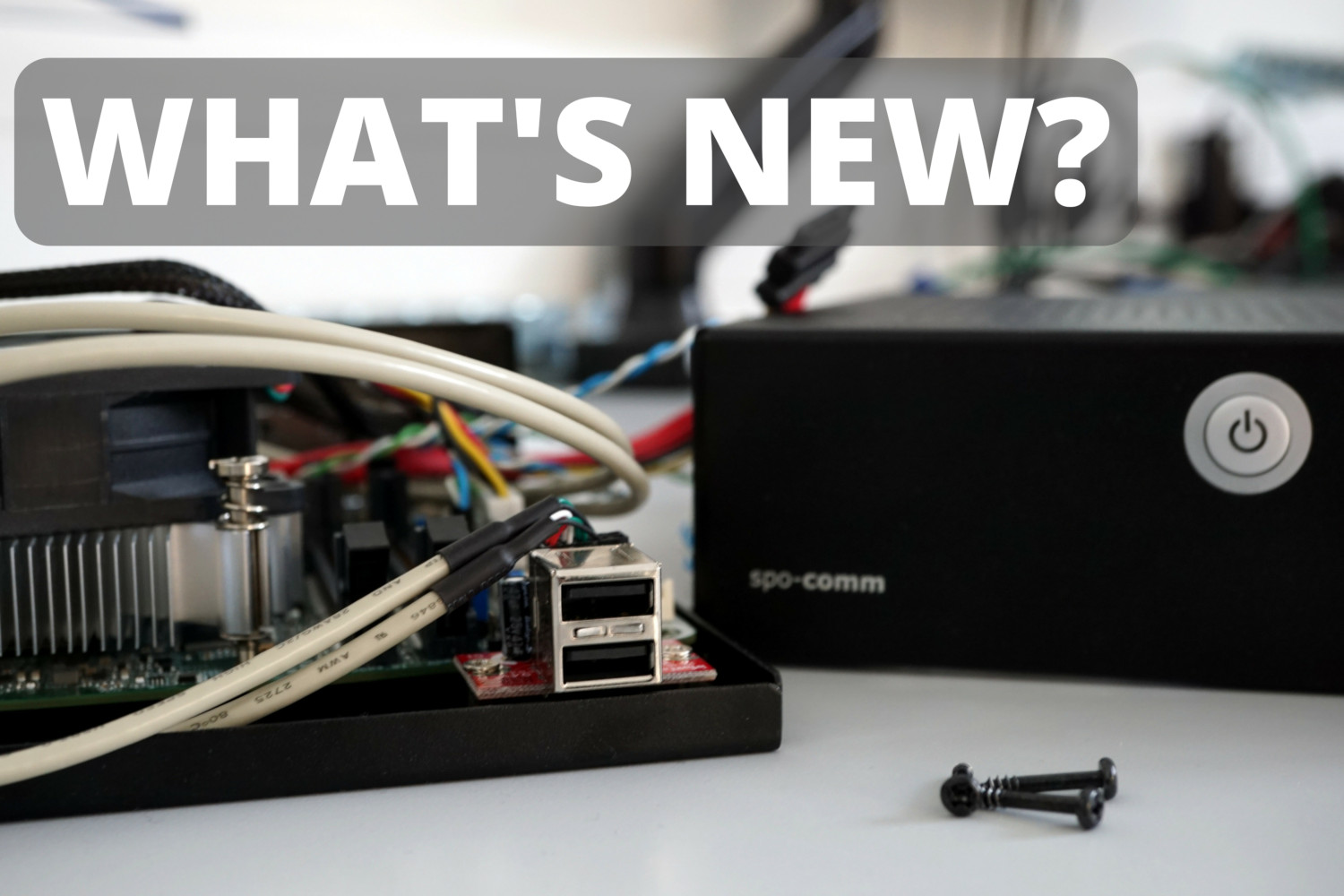Bye Thunderbolt 3, Hello USB 4
The USB Promoter Group recently announced the new USB 4 standard. This version is based on Thunderbolt 3 and allows sensational data transfer rates of up to 40 GBit/s, which is twice as much as the current version USB 3.2 Gen2x2. The background: Intel hands over its Thunderbolt specification to the Universal Serial Bus Implementers Forum (USB-IF). In the future, manufacturers will be able to produce suitable chips without paying the license fees that Thunderbolt requires. So far, it is also certain that USB Type C is required in any case. In exchange, the new port can also transmit DisplayPort 1.2 as well as HDMI signals and charge devices with up to 100 watts. It is still unclear, when the first devices with USB 4 will be developed. Maybe with Intel’s new CPU generation Ice Lake, which should come in late 2019.
Sources: golem.de, heise online, GameStar.
10 times faster: The new 5G standard
At the Mobile World Congress (MWC) in Barcelona, the new 5G mobile communications standard was one of the big topics. Samsung, Huawei, LG and other manufacturers have already introduced smartphones that support 5G. But what is the current status? The 5G standard is the successor of 4G/LTE and builds on this. With data rates up to 20 Gbit/s, 10x LTE speed will be achieved. In Germany, there will be the first mobile networks from 2020 onwards, but the priority is initially to open up remote locations. A faster mobile network is less important at first. To make matters worse for the expansion in Germany, the auction of 5G frequencies is delayed. Due to the strict supply requirements, the major mobile operators Telefónica, Vodafone and Telekom have requested to stop the auction.
Sources: golem.de, heise online.
Embedded World and Internet World: spo-comm at exhibition visit
In the last few weeks, two exciting fairs took place in our area, which we didn’t want to miss. At the end of February, several colleagues from sales, marketing and technology visited the Embedded World in Nuremberg. There we learned about the latest trends in the industry and met a few of our customers and partners.
In mid-March, our marketing team went to the Internet World Expo in Munich. Here we mainly used the extensive lecture offer and heard great speakers on topics such as SEO, SEA, UX and content marketing. We took many new ideas and suggestions with us and will definitely implement some of them in the coming weeks.
Fake faces nonstop: The possibilities of AI
At the end we want to tell you about a topic that shows the exciting possibilities of artificial intelligence and has fascinated us very much: the website ThisPersonDoesNotExist.com. With each refresh it shows a new face, that was artificially created using AI, but looks so realistic, that it cannot be distinguished from a real photo. The algorithm used here uses a so-called GAN (generative adversarial network), which creates new fake examples from a large set of real images. The StyleGAN algorithm was developed by NVIDIA and published last year as open source.
Source: The Verge.







